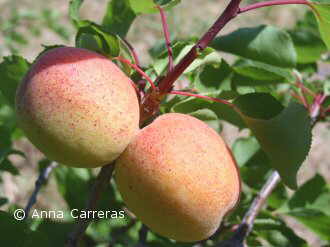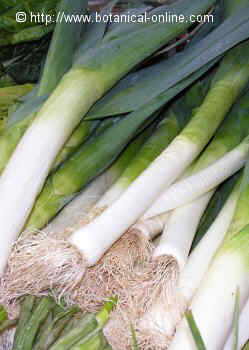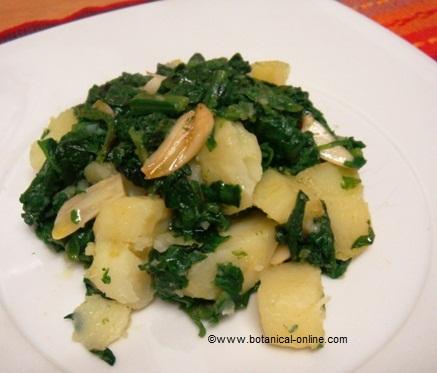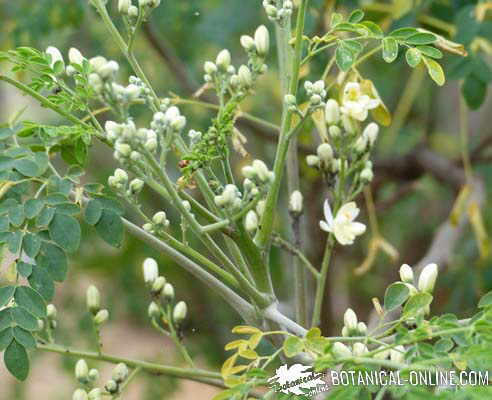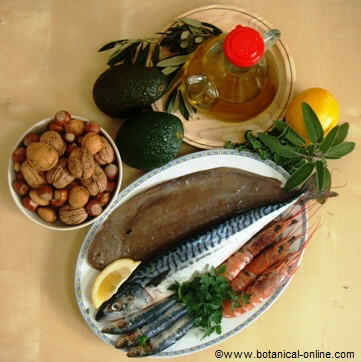Contents
Toxicity of Tussilago farfara
Dangers of coltsfoot, British tobacco or horsehoof
The remedies with leaves and flowers of coltsfoot (Tussilago farfara) should be taken with caution.
Is Tusilage toxic?
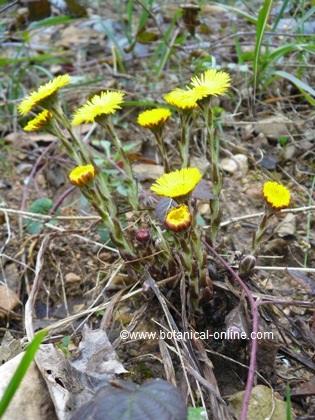
That’s wright, coltsfoot is a plant with toxicity.
The roots are toxic (they contain a higher concentration of toxic principles than the flowers) and are not used in medicine or food.
In some countries, its sale for internal use is already prohibited.
What toxic components does coltsfoot contain?
Coltsfoot contains in its flowers pyrrolizidine alkaloids, toxic principles. These alkaloids are senkirkina (0.015%), seneciorina and tusilagina (minority).
Pyrrolizidine alkaloids are toxic to the liver when ingested in high doses, or when taken in small doses but perpetually over time. Especially senkirkine in high doses or taken in perpetuity has been shown to be carcinogenic (cancer causing).
For this reason, British tobacco or coltsfoot should not be taken for more than 2 weeks.
Toxic components of coltsfoot
Coltsfoot contains toxic principles called pyrrolizidine alkaloids. These alkaloids are hepatotoxic when taken too frequently (for 2-4 weeks) or taken in high doses.
- British tobacco flowers contain certain doses of these alkaloids, so their use should be moderate.
- The leaves have a presumably lower amount of alkaloids than the flowers. In some regions they are a traditional edible wild plant, although they should not be taken too often. These alkaloids are also present in other edible herbs such as borage.
- The roots are very rich in alkaloids and are considered very toxic: they are not used in herbal medicine nor are they edible. In some countries, such as Germany, the sale of coltsfoot root for internal use has already been banned.
Toxic effects of coltsfoot
In the case of British tobacco or coltsfoot, the content of these alkaloids is low in the established doses, so that the punctual administration of the plant does not present toxicity. However, long treatments with coltsfoot, longer than 2 – 4 weeks, are toxic to the liver. Animal experiments have shown that these types of alkaloids can cause hepatitis, cirrhosis, and liver cancer.
It has been calculated that an infusion with 10g. of fresh coltsfoot flowers would contain 70mcg. Senecionin and 1.4g. of senkirkina (alkaloids), while the infusion of the leaves would have a much lower amount. These concentrations are not considered toxic, although the continued administration of these treatments for long periods of time (greater than 2 weeks) does show toxicity.
- The recommended dose for remedies prepared with coltsfoot is 0.6-2g. of flowers per cup.
Coltsfoot during pregnancy and lactation
In this sense, the case of a newborn with a hepatic veno-occlusive disease has been documented, produced by taking infusions of British tobacco by the mother during pregnancy. British tobacco should not be taken in case of pregnancy.
![]() More information on coltsfoot, horsehoof or British tobacco
More information on coltsfoot, horsehoof or British tobacco


